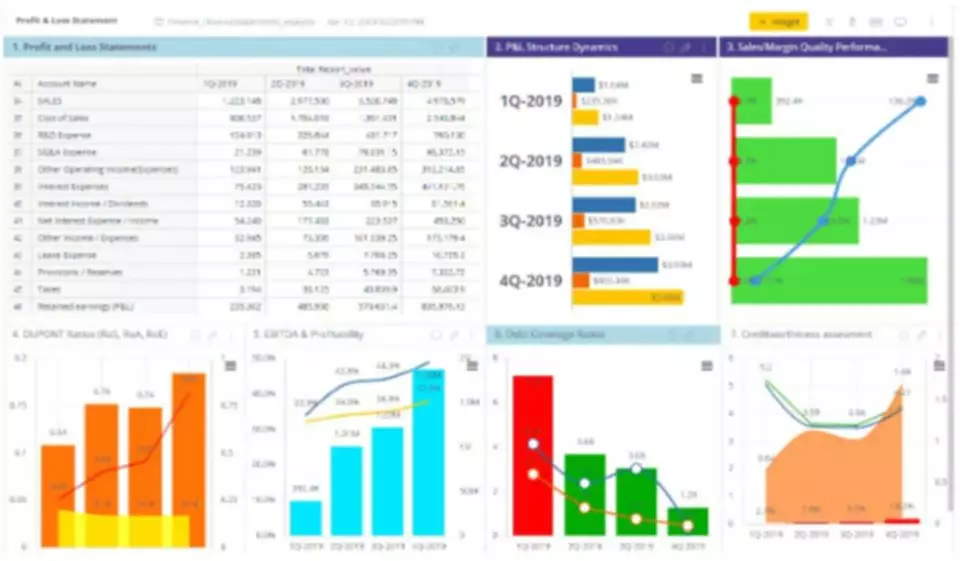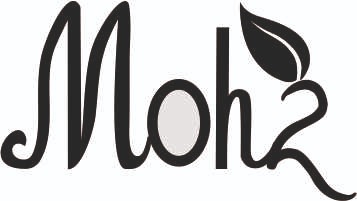Content

Because the customer’s account balance is “written-off” or decreased by a credit to accounts receivable, the company’s current assets shown on the balance sheet are also reduced by $12,500. A company will debit bad debts expense and credit this allowance account. This allowance can accumulate across accounting periods and may be adjusted based on the balance in the account. The allowance method creates bad debt expense before the company knows specifically https://www.bookstime.com/ which customers will not pay. Based on prior history, the company knows the approximate percentage or sales or outstanding receivables that will not be collected. Using those percentages, the company can estimate the amount of bad debt that will occur. That allows us to record the bad debt but since accounts receivable is simply the total of many small balances, each belonging to a customer, we cannot credit Accounts Receivable when this entry is recorded.
For Bad Debt and the Allowance for Doubtful Accounts upon writing off the KFS AR invoice. Amounts over 12 months old lacking current productive activity are required to be written-off. The direct write-off method records the exact amount of uncollectible accounts as they are specifically identified. Assume Beth’s Bracelet shop sells handmade jewelry to the public. One customer purchased a bracelet for $100 a year ago and Beth still hasn’t been able to collect the payment. After trying to contact the customer several times, Beth decides that she will never receive her $100 and decides to write off the balance on the account. Once the expense has been moved, the unit’s finance manager, BSC director, or college business officer should send the write-off request to the university controller.
Resources for Your Growing Business
Most businesses who sell goods and services on credit will take steps prior to the sale to help minimize the likelihood of uncollectable accounts. Typically, the company will complete a credit check and establish some sort of credit limit for customers, at least initially until the customer has proven themselves credit worthy. However, even the best customers can experience unplanned financial issues which could result in an uncollectable account. Accounts receivables are reported as current assets on the balance sheet with the expectation that the account can be collected within 12 months. If a company is following the allowance method for reporting uncollectable accounts, the write-off will be against the allowance account established for this purpose.
When the buyer pays their invoice, the accounts receivable is decreased and the cash balance is increased. However, despite a company’s best efforts, not all accounts balances are able to be collected and thus become classified as uncollectable accounts or bad debt. Accounts may become uncollectable at times when customers are not able to pay their debt due to financial difficulty or when the cost to collect the debt exceeds the amount of the debt. Regardless of the reason, bad debt is worthless to the company.
Example of the Allowance Method
It was done in a prior year.How do you amend this debt without raising a credit note as there is nothing to offset credit note. Every time a business extends payment terms to a customer, that business is taking on risk. Not every customer will pay on time, some may not pay at all. When a customer defaults on an amount due, this is called bad debt. Does the supplies account flow into the income statement, statement of owner’s equity, or balance sheet? Does the Wages Expense account flow into the income statement, statement of owner’s equity, or balance sheet? The contra asset account compilations are avoided if the direct write-off method is used.

Part of the cost of allowing customers to borrow money, which is essentially what a customer is doing when the business allows the customer time to pay, is the expense related to uncollectible receivables. How do companies know that their customers are going to pay their bills?
The Direct Write-off Method vs. the Allowance Method
Should you use the direct write-off method to deal with those bad debts or is there a better way? The direct write-off method is one of the easier ways to manage bad debt. While it’s not recommended for regular use, if your business seldom has bad debt, direct write off method it can be a quick, convenient way to remove bad debt from your books. The accounts receivable at the end of the financial year would be most likely to be reported in the balance sheet at an amount greater than the amount received from those receivables.
Management direction on policies and procedures should be tightly controlled and followed to ensure audit compliance and accurate financial reporting. Let’s look at the accounting for these sale on credit transactions. On a business’s income statement we will increase our sales or sales revenue. On the balance sheet we will increase our current assets and the amount due from our customers, known as accounts receivable. Current assets are considered balances that can be converted into cash in 12 months or less.
How do you record the sale of inventory to a customer who the credit manager deems will have a 10% chance of paying? The sale occurred December 1st 2015 and has payment due in 60days, so at year end December 31st 2015 the account is not yet due. Allowance for Doubtful Accounts is where we store the nameless, faceless uncollectible amount. We know some accounts will go bad, but we do not have a name or face to attach to them. Once an uncollectible account has a name, we can reduce the nameless amount and decrease Accounts Receivable for the specific customer who is not going to pay.
- Using the direct write-off method also violates the GAAP because of how it records things on the balance sheet.
- When a business is unable to collect payment on goods and services that were sold on credit to its customers, it “writes off,” or recognizes this loss on its books.
- Amounts over 12 months old lacking current productive activity are required to be written-off.
- Rather, the direct write-off method may be used to record uncollectible accounts.
- When the firm makes the bad debts adjusting entry, it does not know which specific accounts will become uncollectible.
- It seems counterintuitive to restore the balance to pay it off, but for recordkeeping purposes, it is necessary to restore the account balance and show the customer properly paid his debt.
